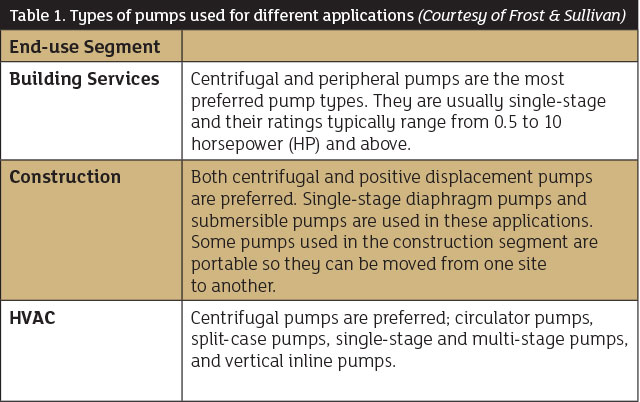The World Bank reports that Iran, Iraq, Saudi Arabia and Egypt are among the most populated countries in the Middle East and North Africa (MENA). While population growth in the MENA region is around 2 percent per year, Egypt, Iran, Iraq, Saudi Arabia, Oman and UAE added more to the population in absolute numbers during the last five years. According to the World Bank, the urban population in the MENA region has been growing—primarily because of labor migration—at a compound annual growth rate (CAGR) of 2.3 percent during the last five years. The urban population in Oman grew at 9.5 percent, in Qatar at 6.8 percent, in Kuwait at 4.0 percent and in the UAE at 3.2 percent. For the remaining countries, urban population grew at less than 3 percent, closer to the MENA average. Better employment opportunities, infrastructure (which includes education) and quality of life, especially in the Gulf Cooperation Council (GCC) countries, continue to attract settlers, which translates to a growing urban populace. During the next five years, the projected population growth in cities in the MENA region is expected to grow at a CAGR of 2.0-2.5 percent.
Effects on Construction from Other Markets
Banking on the surge in oil prices before 2014 and the subsequent bullish investment/growth scenario, the region had witnessed steady increase in capital investment in residential, commercial and infrastructure projects. Major cities that have attracted the most investments are Dubai, Abu Dhabi, Doha, Riyadh, Cairo, Sharjah, Manama and Kuwait City. Most of these cities, primarily in the GCC countries, have served as business hubs and house most of the urban populace.

